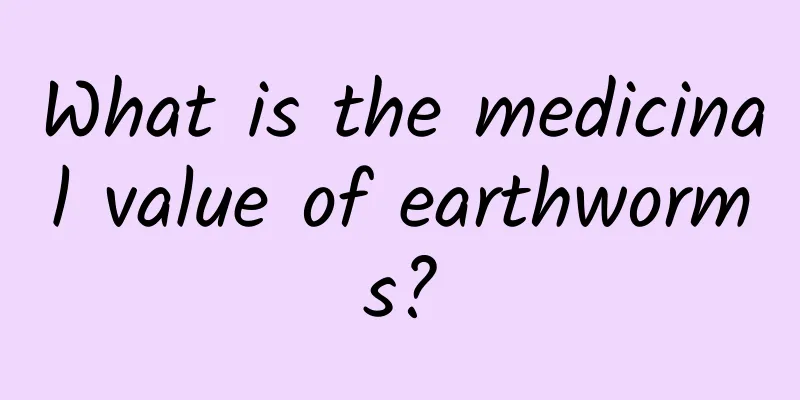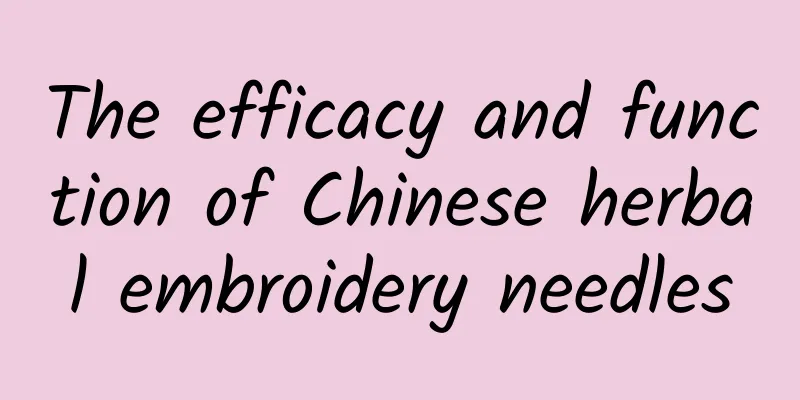The difference between ginseng and red ginseng

|
There are still some differences in the effects of ginseng and red ginseng. The biggest difference is that the medicinal value of ginseng will become more extensive. It will not only make your physique better, or have an auxiliary treatment effect on some chronic diseases, but the most important thing is that it will have a certain care effect on your skin, making your skin look more moisturized and not so dry. Ginseng has been praised as the "king of herbs" and "the best herb for nourishing yin, replenishing life, strengthening the body and consolidating the foundation" since ancient times. It contains a variety of saponins and polysaccharides. The extract can be slowly absorbed by the skin without adverse stimulation. It can dilate skin capillaries, promote blood circulation in the skin, increase skin nutrition, regulate the water and oil balance of the skin, and prevent skin dehydration, hardening, and wrinkling. Ginseng active substances inhibit the reducing properties of melanin, making the skin white and smooth, and can enhance skin elasticity and regenerate cells. It is the best skin care and beauty product. Soak ginseng directly in 50% glycerin, and rub your face with the glycerin after 10 days. Or, boil the ginseng into a thick juice, pour a little into the water for washing your face every day, and rub your face with glycerin containing ginseng or wash your face with ginseng water to make your skin quite moisturized.
The fleshy root of ginseng is a well-known tonic, suitable for regulating blood pressure, restoring heart function, neurasthenia and physical weakness. It also has the effects of expectorant, stomachic, diuretic and stimulant. According to the place of origin, it can be divided into American, Northeast China and Korean ginseng. Due to different climates, the horizontal stripes on the surface of the former ginseng are more obvious than those of the latter, and the content of active ingredients in imported ginseng is also higher. Nature and flavor: sweet, slightly bitter, warm and neutral. It enters the spleen, lung and heart meridians. Replenish Qi, consolidate deficiency, promote body fluid production, soothe the mind and improve intelligence. 1. Ben Jing: "Tastes sweet, slightly cold." 2. "Bie Lu": "Slightly warm, non-toxic." 3. "Compendium of Materia Medica": "Raw, sweet and bitter, slightly cool; cooked, sweet and warm." Meridians entered: enters the spleen and lung meridians. 1. "Compendium of Materia Medica" says: "Start with Taiyin." 2. "Compendium of Materia Medica": "It enters the lung and spleen meridians." 3. "Pharmaceutical Chemistry": "It enters the spleen, stomach and lung meridians." Efficacy: Greatly replenishes vital energy, restores pulse and consolidates collapse, nourishes the spleen and lungs, promotes the production of body fluids, and calms the mind. Indications: physical weakness and imminent collapse, cold limbs and weak pulse, spleen deficiency and poor appetite, lung deficiency with wheezing and coughing, thirst due to loss of body fluids, internal heat and polydipsia, weakness due to long-term illness, palpitations and insomnia, impotence and cold uterus; heart failure, cardiogenic shock. It is used for shortness of breath, palpitations, forgetfulness, thirst, sweating, poor appetite and weakness, all acute and chronic diseases, and shock and collapse caused by blood loss. It greatly replenishes vital energy, consolidates the body, produces body fluids, and calms the mind. It is used to treat exhaustion, loss of appetite, fatigue, nausea and vomiting, loose stools, weak cough and shortness of breath, spontaneous sweating and sudden collapse, palpitations, forgetfulness, dizziness and headache, impotence, frequent urination, thirst, metrorrhagia in women, slow fright in children, and long-term weakness, and all symptoms of insufficient qi, blood, and body fluids. |
<<: What are the wonderful uses of Huangbai?
>>: Medicinal value of Pyrus dulcis
Recommend
The efficacy and function of the stone pencil sea urchin
As the pressure of modern life increases, more an...
Can patients with uremia eat ginseng?
The impact and harm caused by uremia to people ar...
This article will teach you how to read cat expressions! No more fear of being scratched!
"Ouch! Come over here and look at this!"...
What are the effects of Chinese medicine Tu Fuling
Smilax glabra is a traditional Chinese medicine t...
What are the medicinal values of wolfsbane?
There are many flowers in our life. When it comes...
The efficacy and function of rhombus stem
Water chestnut stem is a commonly used medicinal ...
Once information falls into a "black hole", will it really disappear into thin air?
The Massachusetts Institute of Technology reporte...
The efficacy and function of red nanpi
Red nanmu bark is rich in nutritional value and h...
Illustration | Is returning straw to the fields a good idea?
Crop straw It is the other half of agricultural p...
Is the popular whole-wheat bread "overturned"? Test 11 types and tell you which one is healthier
Just a while ago, a popular whole-wheat bread &qu...
The efficacy and function of canna root
Do you know what canna root is? If you know, do y...
After the Spring Festival, be careful of the "health killers" hidden in the refrigerator!
Before I knew it, the Spring Festival holiday was...
Summer is here, are they secretly losing weight? NO!
Recently, a friend discovered Some of the fur kid...
The functions and effects of the order Gnaphalales
Do you know about Catfish eyes? It is a common me...
Eating these 6 types of vegetarian dishes is like "drinking oil"! Many people eat them every day but don't know it
Planning and production Review丨Zhang Yu, research...









